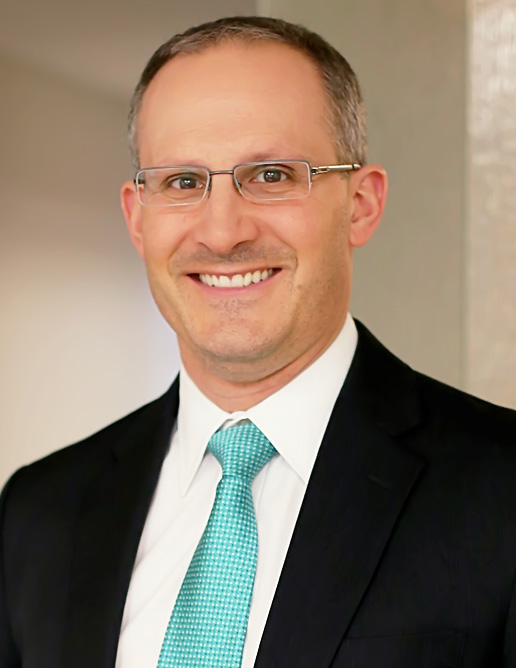Soft Tissue Laser
Laser dentistry eliminates the need for scalpels and sutures to address various conditions affecting the soft oral tissues. With this advanced technology, patients can receive treatments that cause less discomfort, heal more quickly and create minimal disruption in their lives.
A soft tissue laser uses a concentrated beam of light to remove diseased or damaged tissue. The nature of the laser allows it to be highly focused. Because the laser procedures are minimally invasive, some patients may not need to receive even a local anesthetic, although that is always an option if the patient prefers it.
Soft tissue lasers may be used in the following circumstances:
Gum recontouring (gingivectomy): If the patient has excess gum tissue, a gingivectomy can improve the smile’s appearance and the patient’s oral hygiene practices. The laser is used to excise any extra tissue, and the gums are re-shaped for a more aesthetically pleasing contour. This procedure also makes it easier for the patient to clean the area along the gumline more thoroughly.
Tissue biopsy: Patients who have lesions in the mouth, such as sores that do not heal or persistent red or white patches on the cheeks, lips, tongue or gums, need to have tissue removed and analyzed in order to determine the nature of the suspicious area. Laser biopsies eliminate the need for surgery, allowing the patient to heal more quickly.
Canker sore relief: Canker sores aren’t merely unattractive, they can also be quite painful for patients who develop them. The laser is held a few millimeters away from the sore, as to avoid any exacerbation, but this technique effectively promotes faster healing of the sore. Patients report almost instantaneous relief, and future sores at the treatment site tend to be less intense and recur less frequently.
Frenectomy: A frenectomy involves the removal of excess tissue connecting two other structures. The most common sites for frenectomies are the upper lip (labial) or under the tongue (lingual). A laser can be used to remove this excess tissue to improve speech or reduce the likelihood of misalignment in the teeth.
Orthodontic tooth exposure: Periodically, it is necessary to help an impacted tooth to erupt properly in order for a patient to get the desired results from orthodontic treatment. When the gum tissue is obstructing the tooth from erupting, this tissue can be removed with a diode laser so that the tooth can be guided into the proper position with orthodontic appliances.
To learn more about the uses of laser therapy in our practice, call our office to speak to one of our knowledgeable staff members or schedule a consultation with us.











